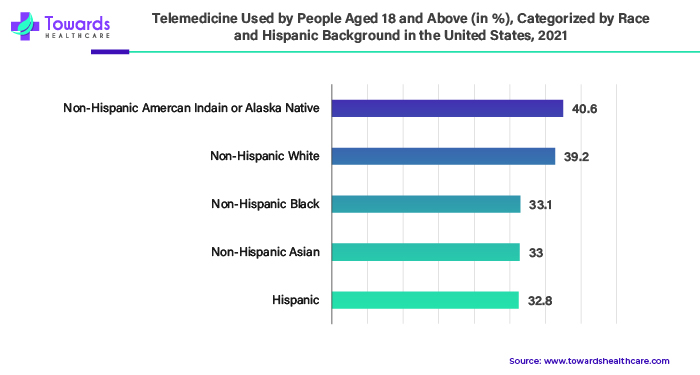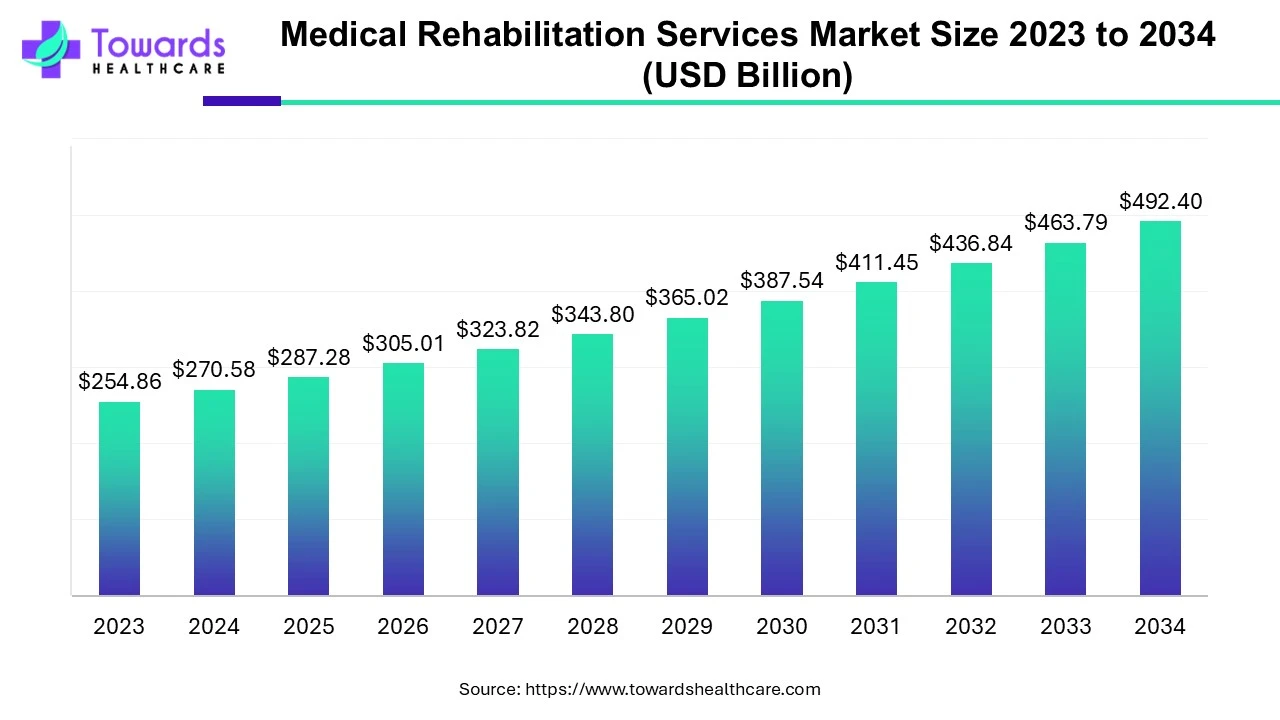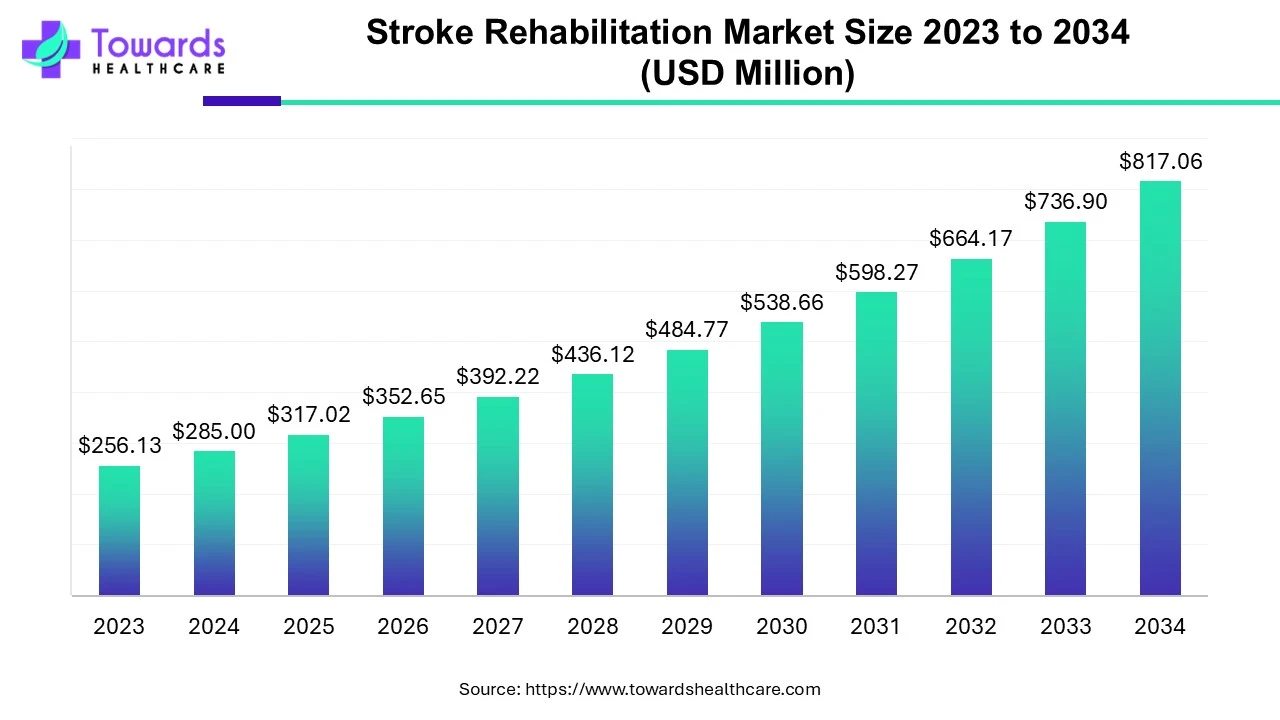
Telemedicine revolutionizes healthcare delivery by leveraging digital communication technologies to provide consultations, diagnoses, and treatment plans. In this digital era, mHealth, focusing on mobile devices and applications, plays a crucial role in enhancing the accessibility and user experience of telemedicine.
The Collaborative Efforts Driving Telehealth Expansion
In 2020, Philips collaborated with the American Telemedicine Association (ATA) to bolster telehealth services, particularly amidst the challenges posed by the COVID-19 pandemic. This partnership reflects the growing investments in digital health, which are anticipated to fuel market growth significantly.
For any queries, feel free to reach us at: https://www.towardshealthcare.com/personalized-scope/5109
Bridging the Disparities in Telehealth Utilization
Research in 2021 revealed disparities in the adoption of video-based telehealth visits among different racial and ethnic groups. While White individuals and those identifying with multiple races embraced video consultations, Latino, Asian American/Pacific Islander, and Black communities showed lower utilization rates. Addressing these discrepancies is crucial for ensuring equitable access to telemedicine services.
Enhancing Accessibility and Convenience
Telemedicine has garnered widespread acceptance due to its unmatched convenience, benefiting both patients and healthcare providers. Facilitated by mHealth platforms, individuals can seamlessly connect with healthcare professionals from the comfort of their homes, eliminating the need for physical visits to medical facilities. This accessibility is particularly vital for remote or underserved areas with limited healthcare resources.
Responding to the Demands of a Pandemic
The COVID-19 pandemic accelerated the adoption of telemedicine as traditional healthcare delivery models faced disruptions. Social distancing measures and lockdowns necessitated innovative solutions, leading to the rapid rise of virtual consultations. Leveraging mHealth technologies, telemedicine emerged as a safer alternative, minimizing the risk of virus transmission while ensuring continuous access to healthcare services.
Alleviating Strain on Healthcare Facilities
Telemedicine, powered by mHealth, alleviates the burden on healthcare facilities by offering an alternative to in-person visits for non-emergent medical issues. This streamlined approach optimizes resource allocation, allowing medical professionals to prioritize critical cases effectively. By reducing unnecessary visits, telemedicine enhances operational efficiency and improves patient outcomes.
Empowering Patients with Chronic Conditions
Virtual consultations through mHealth platforms are invaluable for managing chronic conditions, enabling regular follow-up appointments and routine check-ups. Patients can receive ongoing care and monitoring without the need for frequent visits to healthcare facilities, thereby enhancing healthcare management and promoting better health outcomes.
Embracing Innovation for a Healthier Future
The surge in telemedicine adoption, driven by mHealth technologies, signifies a transformative shift in healthcare delivery. The convenience, accessibility, and efficiency of virtual consultations, accentuated by the challenges of the COVID-19 pandemic, position telemedicine as a cornerstone of modern healthcare. Through the integration of mHealth applications and mobile devices, telemedicine continues to evolve, empowering individuals to take control of their health and well-being.
Take the smart decision to access our premium research study @ https://www.towardshealthcare.com/price/5109
Access our Premium Real Time Data Intelligence Tool, Visit: www.precedencestatistics.com
Read More Snapshots of this Study


